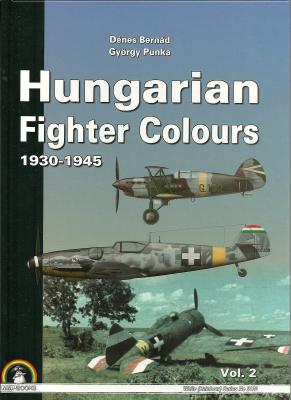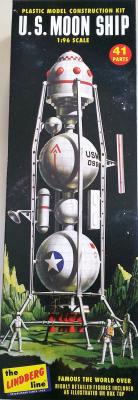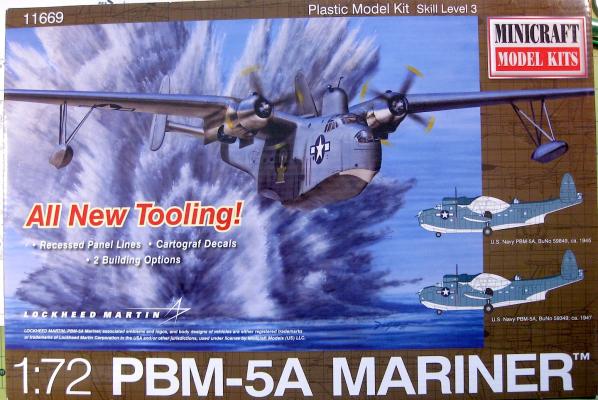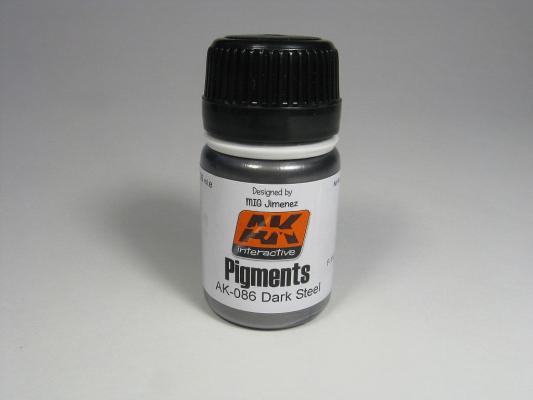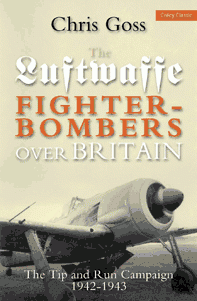Mushroom Model Publication has released the second volume of the Hungarian Fighter Color series. You can find a review of volume 1 at http://web.ipmsusa3.org/content/hungarian-fighter-colours-1930-1945-vol…
The second volume continues the saga of authors Denes Bernad and Gyorgy Punka for what might become the definite reference books on the Hungarian Fighter Force during World War II.
This volume covers the Re.2000, Bf-109G, Fw-190F in extensive detail (each one of their chapters is over 40 pages long). Plus it has other shorter, but still well detailed chapters on the Me-110, Me-210, He-112, captured examples of PZL.11c, Avia B.534 IV and an indigenous design, the WM-23, which did not see combat but had exceptional performance for their time.

